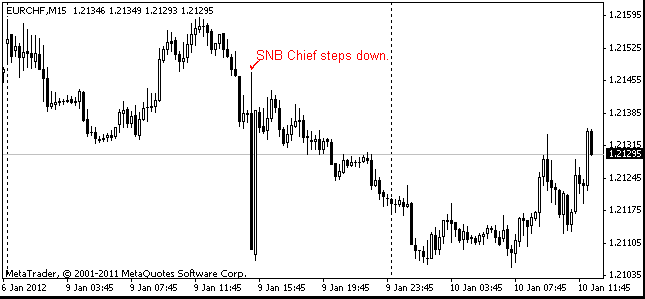EUR/usd
The dissonance between the stock and Forex markets still persists. While the single currency hit a new high since late February, trading already at 1.3350, S&P 500 dropped to the levels of early May. The index futures has been declining for the last three days, thus showing that traders have reappraised the state of the US economy. Over the last couple of weeks there were enough indicators which made investors take off the rose-coloured spectacles. Naturally, against this background Europe is no longer the worst variant. Yet, the last rally has been too long. The reversal for growth began on May 17 and since then it has been interrupted only by short-term consolidations. The single currency is growing as if the Fed was promising to extend the stimulus programme instead of being half a year from curtailing it. While going up, the pair continues to show a mirror image of the decline observed in April. If the current pattern persists, the next stop can be expected only after 1.36. However, against the background of weakening markets and demand for safe assets (CHF,JPY), the continuous ascent of the euro looks difficult. Quite possibly, today or tomorrow the market will prefer to consolidate at the reached levels. The attempt to catch hold of these levels can prove to be quite a difficult task for the bulls. They will have to put up with the fact that the EU industrial production decrease by 0.6% y/y in April is good news. In the meantime, the USA showed a 1.9% growth over the same period, and this is without saying anything about absolutely opposite trends in employment. The definite thing is the better positions of the trade balance, which we spoke about many times and which at last was noted by draghi at the press-conference. The weak euro (apparently, below 1.30) contributes well to the growth of overseas shipments. Almost all the suffering countries managed to achieve improvement here. Germany also should be content with a relatively low rate of the euro. Already due to this it shouldn't protest against helping southern countries and think about disintegrating from the euro zone, which some commentators are urging to. Thus, we believe that the euro will go up (to 1.36) in the coming weeks, but don't exclude a slight correction or consolidation in the coming days with another testing of 1.30.

GBP/USD
The British labour market, which has been recently bringing only good news, remains true to itself. The Claimant Count statistics published on Wednesday showed a decline by 8.6K. Yet, employment over the three months ending with April grew by 24K against the expected decrease by 11K. Moreover, earnings also surpassed expectations: the growth demonstrated by Average Earnings Index proved to be by 1.3% higher than a year ago. Of course, it is below the inflation rate and still points at the decrease in living standards of the working population, but anyway better than the expected growth of 0.3%. It is remarkable that the sterling should keep depreciating against the euro.

USD/JPY
We were not right about the yen. The double bottom proved to be false. Yesterday at the end of the US session usdjpy managed to break below 95.0 and by now the rates have dropped to 94.30. The demand for safety is particularly obvious in the performance of this pair. Some even call it a better indicator of the anxiety level than VIX.

EUR/CHF
The evidence of that the current appreciation of the yen is the market's demand for safety can be seen in an unexpected growth of the franc. EURCHF has reversed the rally of the first half of May and is already at 1.2250 now. It has been a very significant decline by 4 figures since just May 22.
